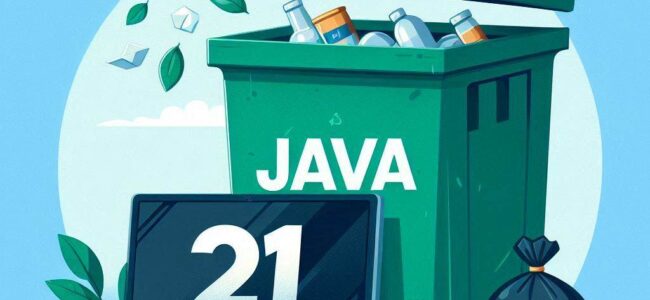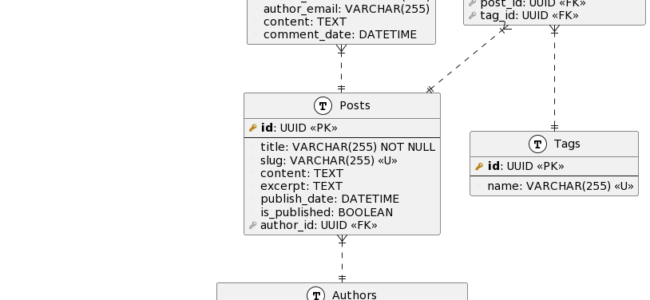I’m excited to share the video recording of my talk, “The Darkside of AI: Risks and Realities,” presented at Voxxed Days Luxembourg 2025!
The rapid acceleration of Artificial Intelligence is transforming every aspect of our lives, from how we work and communicate to how we make critical decisions. While the headlines are often filled with the amazing potential and groundbreaking advancements, it’s crucial to pause and critically examine the inherent risks and complexities that come with such powerful technology.
Speaker: Alexius Dionysius Diakogiannis Event: Voxxed Days Luxembourg 2025 Room: AmigaOS
What the Talk Covers
This session went beyond the hype to explore the challenging realities that AI introduces. During the talk, we dove deep into several critical areas:
-
Bias and Fairness: How inherited biases in training data can lead to discriminatory and unfair outcomes, perpetuating societal inequalities.
-
The Ethics of Autonomy: The difficult questions surrounding liability and control as AI systems become more autonomous, especially in high-stakes fields like medicine and transportation.
-
Security Vulnerabilities: Exploring new attack vectors, such as adversarial examples, that can subtly trick AI models, and the risk of AI-driven misinformation campaigns (deepfakes).
-
Socio-economic Disruption: Analyzing the impact of mass automation on the job market and the imperative for proactive reskilling and policy-making.






